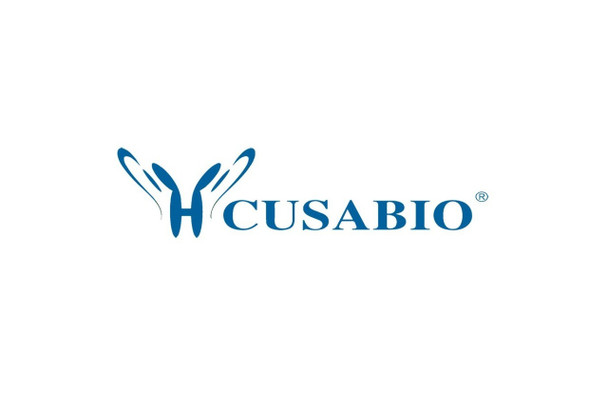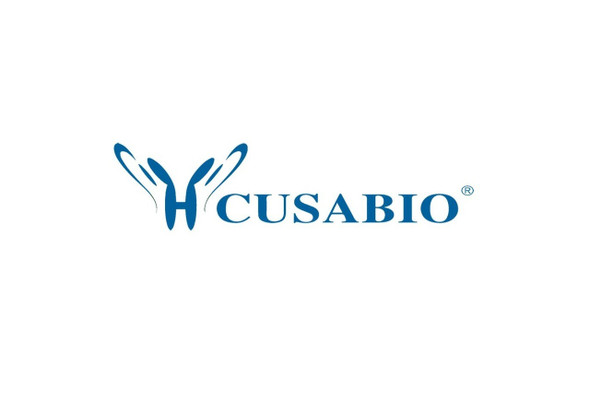Cusabio Polyclonal Antibodies
Phospho-GSK3A (Ser21) Antibody | CSB-PA144022
- SKU:
- CSB-PA144022
- Availability:
- 3 to 7 Working Days
- Size:
- 100ul
Description
Phospho-GSK3A (Ser21) Antibody | CSB-PA144022 | Cusabio
Phospho-GSK3A (Ser21) Antibody is Available at Gentaur Genprice with the fastest delivery.
Online Order Payment is possible or send quotation to info@gentaur.com.
Product Type: Polyclonal Antibody
Target Names: GSK3A
Aliases: Factor A; GSK-3 alpha; kinase GSK3-alpha
Background:
Implicated in the hormonal control of several regulatory proteins including glycogen synthase, MYB and the transcription factor JUN.
Barry FA, et al. (2003) FEBS Lett. 553 (1-2) : 173-178.
Koivisto L, et al. (2003) J Cell Sci. 116 (Pt 18) : 3749-3760.
Welsh G I, et al. (1996) Trends Cell Biol. 6:274-279.
Srivastava A K, et al. (1998) Mol. Cell. Biochem. 182: 135-141.
Isotype: IgG
Conjugate: Non-conjugated
Clonality: Polyclonal
Uniport ID: P49840
Host Species: Rabbit
Species Reactivity: Human, Mouse, Rat
Immunogen: Peptide sequence around phosphorylation site of serine 21 (T-S-S (p) -F-A) derived from Human GSK3a.
Immunogen Species: Human
Applications: ELISA, WB, IHC, IF
Tested Applications: ELISA, WB, IHC, IF;WB:1:500-1:1000, IHC:1:50-1:100, IF:1:100-1:200
Purification Method: Antibodies were produced by immunizing rabbits with synthetic phosphopeptide and KLH conjugates. Antibodies were purified by affinity-chromatography using epitope-specific phosphopeptide. Non-phospho specific antibodies were removed by chromatogramphy using non-phosphopeptide.
Dilution Ratio1: ELISA:1:2000-1:10000
Dilution Ratio2: WB:1:500-1:1000
Dilution Ratio3: IHC:1:50-1:100
Dilution Ratio4: IF:1:100-1:200
Dilution Ratio5:
Dilution Ratio6:
Buffer: Supplied at 1.0mg/mL in phosphate buffered saline (without Mg2+ and Ca2+), pH 7.4, 150mM NaCl, 0.02% sodium azide and 50% glycerol.
Form: liquid
Storage: Upon receipt, store at -20°C or -80°C. Avoid repeated freeze.
Initial Research Areas: Cell Biology
Research Areas: Cardiovascular;Cell biology;Signal transduction;Stem cells






